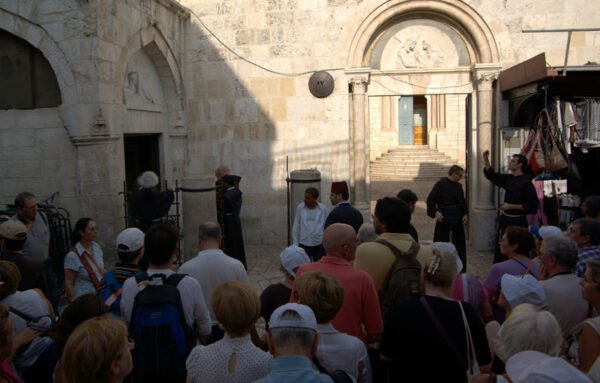The Latin translations for Via Dolorosa are “way of grief”, “way of sorrows”, “way of suffering” and “painful way”. This is a street within the Old City of Jerusalem which was the path that Jesus walked while carrying His cross on the way to the crucifixion. This road starts from the Antonia Fortress west of the Church of the Holy Sepulchre and continues on for six hundred meters to the spot where Christian Pilgrims celebrate Easter. In the fifteenth century there were fifteen Stations of the Cross, but nowadays the Via Dolorosa is marked by fourteen Stations of the Cross.








